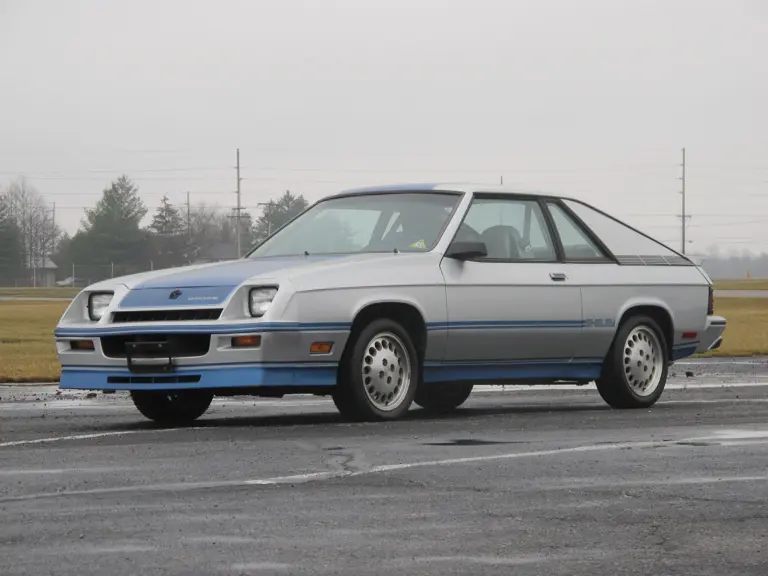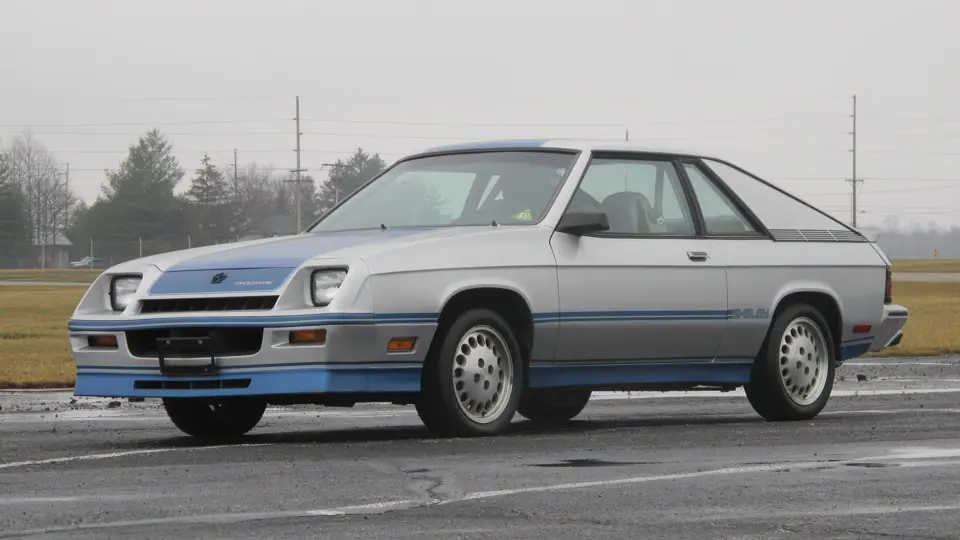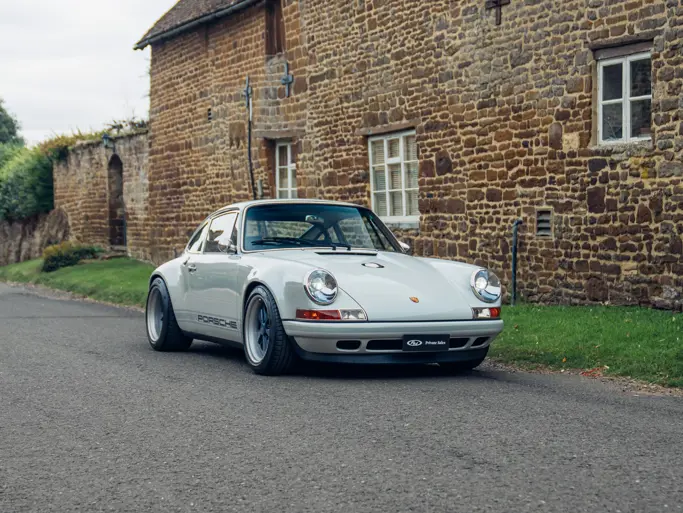 | Auburn, Indiana
| Auburn, Indiana
The era of emissions-choked cars offered few satisfying drives to most enthusiasts. The late 1970s and early 1980s were especially dismal for those who remembered that just a decade prior, the horsepower wars yielded high-displacement, tire-shredding cars from nearly every American manufacturer. Faster cars were the obsession of American drivers. Enter CARB, EPA, and the fuel crisis: a paradigm shift takes place. Now, the necessitated priorities were economical, cleaner-breathing cars - performance was now in the back seat. Luckily, in the midst of this performance crisis, a familiar name re-emerged: Carroll Shelby.
Most often associated with high horsepower, front engine, rear-wheel drive sports cars, the name “Carroll Shelby” was notorious. In the early 1980s, the performance authority re-entered the production automotive field with a series of front-wheel drive cars built for sale through Dodge dealerships. The first to be offered to the public, in mid-1983, was the Dodge Shelby Charger, a car that resurrected two iconic performance names and helped introduce a new type of performance cars to the American buyer. Based on the Dodge Omni, the Charger debuted as the Omni 024 for 1981. The coupe offered distinctive styling and a comfortable interior, but it would not fit most individuals’ definition of a performance car. At the time, most would agree it was the brand’s sportiest offering. In 1982 Dodge brought back the Charger nameplate, applying it to the highest-output Omni 024 in the lineup. Equipped with a 2.2-liter four-cylinder engine rated at 94 horsepower, it had little in common with the legendary Chargers of the late 1960s.
Carroll Shelby had strong design goals for a new-generation Charger that would also carry his surname. Peter Grist quotes Shelby in Dodge Dynamite: 50 Years of Dodge Muscle Cars, “The main parameters were to have as good a handling front-wheel drive car as there is anywhere, that it be unique in appearance, and that it perform adequately.”
Given the Charger’s modest starting point, Shelby was hedging his bets by expecting just adequate performance from the front-wheel drive coupe. Starting with the Charger’s 2.2-liter four-cylinder engine, the Chrysler Shelby California Development Center in Santa Fe Springs, California, increased compression up to 9.6:1; changed camshaft; opened up the exhaust and retarded cam timing to help top-end performance. The net result was an increase in output to 107 horsepower and with the aid of a close-ratio five-speed manual transmission, the Dodge Shelby Charger could run from 0- to 60-mph in 9.0 seconds on the way to a top speed of 117-mph.
In the pursuit of handling characteristics living up to Shelby requirements, the Charger received a quick-ratio power steering system, 50-series Goodyear Eagle GT radials on lightweight aluminum wheels, vented front disc brakes and larger diameter rear drum brakes to promote cooling and combat brake fade at speed. The front suspension consisted of MacPherson struts and coil springs that were shorter and 30-percent stiffer than other Charger models, with the anti-roll bar remaining the same diameter. In the rear, the Shelby variation utilized the regular Charger’s “semi-independent suspension,” which relied upon a beam axle, integral anti-roll bar, MacPherson struts and shorter coil springs that were 15-percent stiffer. Outside, the Dodge Shelby Charger wore a front air dam, side skirts, beefy C-pillar covers and a subtle rear deck spoiler. It was offered in either Santa Fe Blue with silver striping or Radiant Silver with blue stripes, such as this particular car. Inside, CS logos decorate the front seats, reminding the occupants that this was no ordinary economy-based car. This particular car is well-preserved, having been sparingly used.





